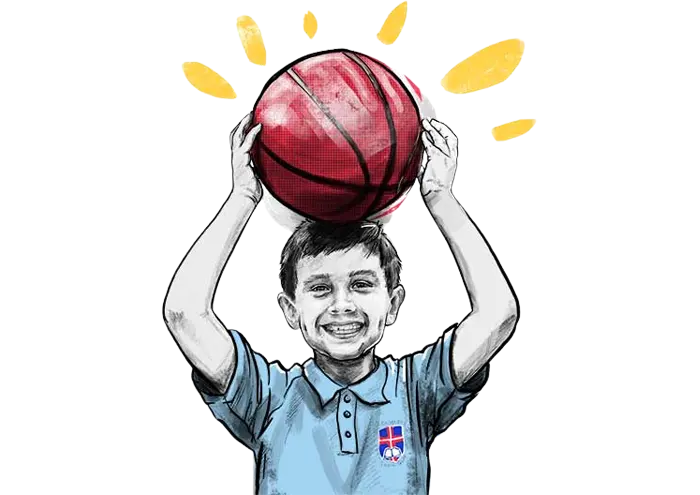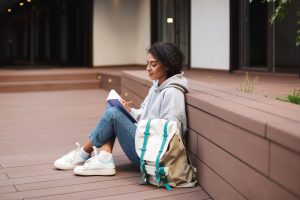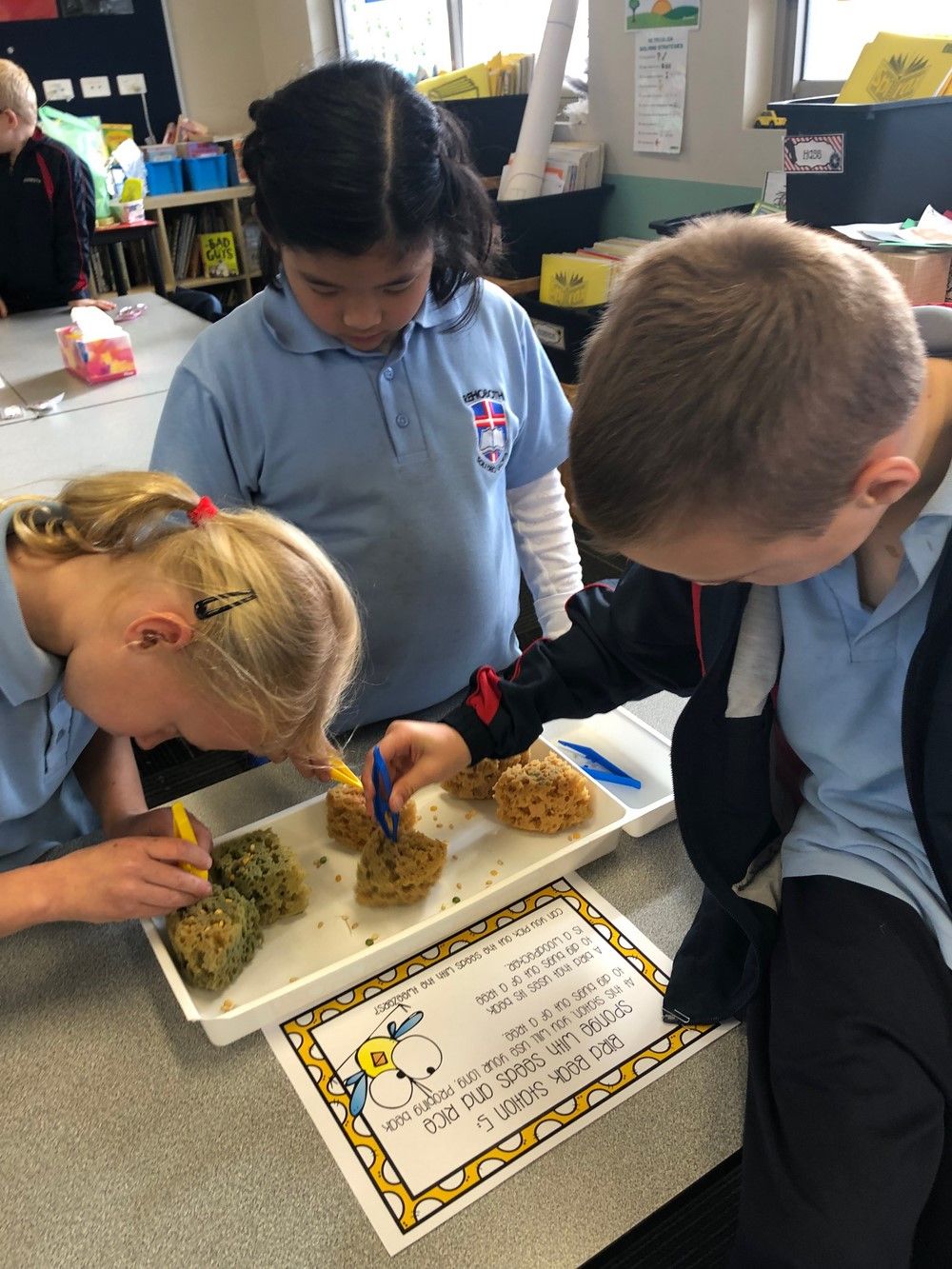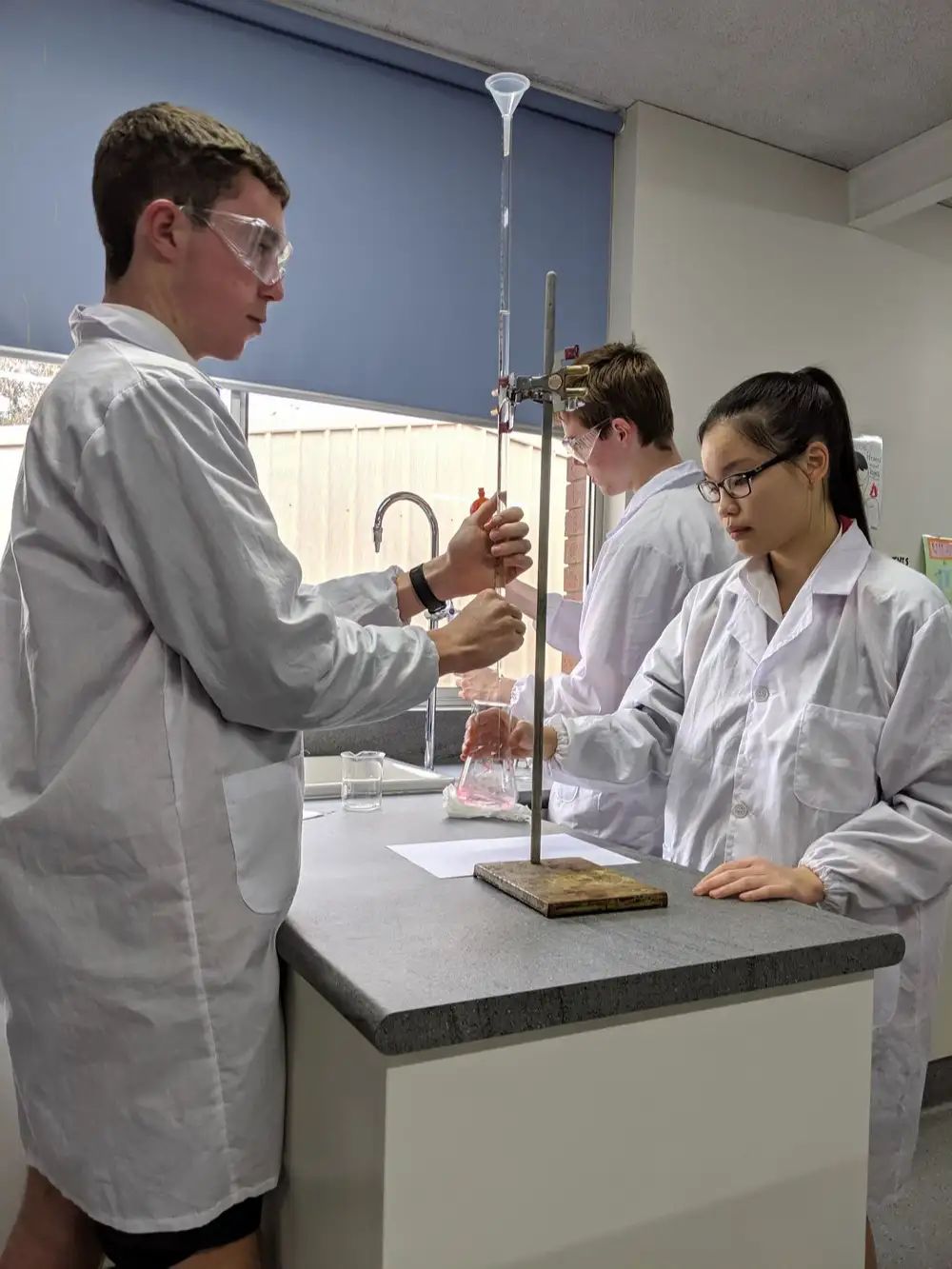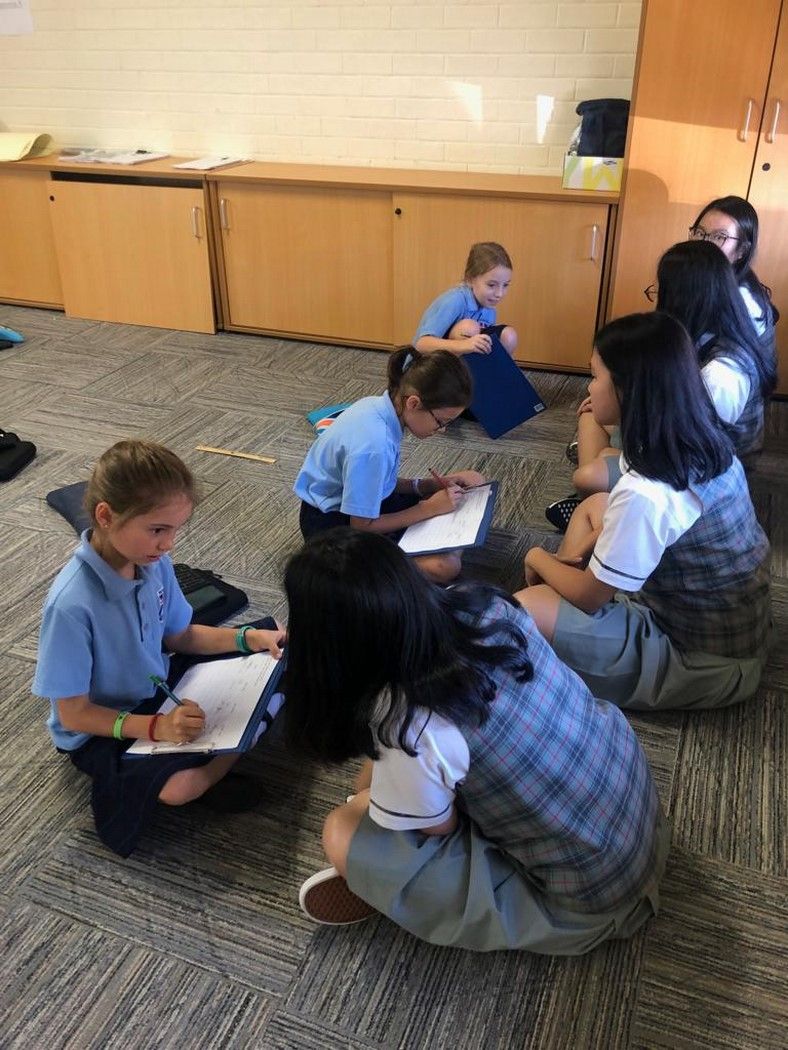There’s no cookie-cutter way for everyone to learn, and what works for one student may not be the perfect method for another.
This is the beauty of individuality, and it’s important that you find out what kind of learning style you and your child have, in order to maximise your educational potential. Thankfully, scientists were able to pinpoint and identify the 7 styles of learning, and we can base our further discussion on them.
They are:
- Visual Learning
- Aural Learning
- Verbal Learning
- Logical Learning
- Social Learning
- Solitary Learning
- Physical Learning
Now that you are well acquainted with the various types of learners, it’s time that we shed some light onto the last one on that list: physical learning.
As you have probably already deduced from the name itself, physical learning is associated with physical activity to stimulate learning.
Classroom settings have been designed to cater to each learning style, but the importance of getting to know your own and building on it is immeasurable. Have you been wondering if you’re a physical learner?
Well, one of the most common tell-tale signs is if you find yourself retaining information or digesting knowledge easier when you’re preoccupied with a small activity. This may be something as simple as clicking your pen as you read, or moving your hands around as you speak. Physical learners tend to always be in motion, and like associating activity with their knowledge.
Physical learning can then be further subdivided into kinaesthetic and tactile learning. You can think of physical learning as the umbrella term for both, which is then further broken down into individual categories.
If you think you or your loved one possesses this interesting learning style, read on! We’ll guide you through the ways you can fully maximise your physical learning style. First, let’s get to know what kinaesthetic and tactile learning are.
What is kinaesthetic or tactile learning?
Kinaesthetic learning is one of the three different learning styles that were researched by Neil D. Fleming. Fleming created the VAK model that highlights the Visual, Auditory, and Kinaesthetic learning styles.
The VAK model claims that kinaesthetic learners are able to digest information better when they are physically engaged during the learning process. In essence, they prefer to be accompanied by a physical sensation while they take in pieces of information.
This can manifest itself through the chewing of gum, tapping fingers on the table, or even shaking one’s leg. Kinaesthetic learners specifically require movement in order to learn.
On the other hand, tactile learning has been attributed to those that require hands-on learning. This means that they’ll be able to better understand how something works if they can experience it through their senses.
Have you been noticing these signs in your child? Then, it may be time to help coax their learning growth with our effective study tips!
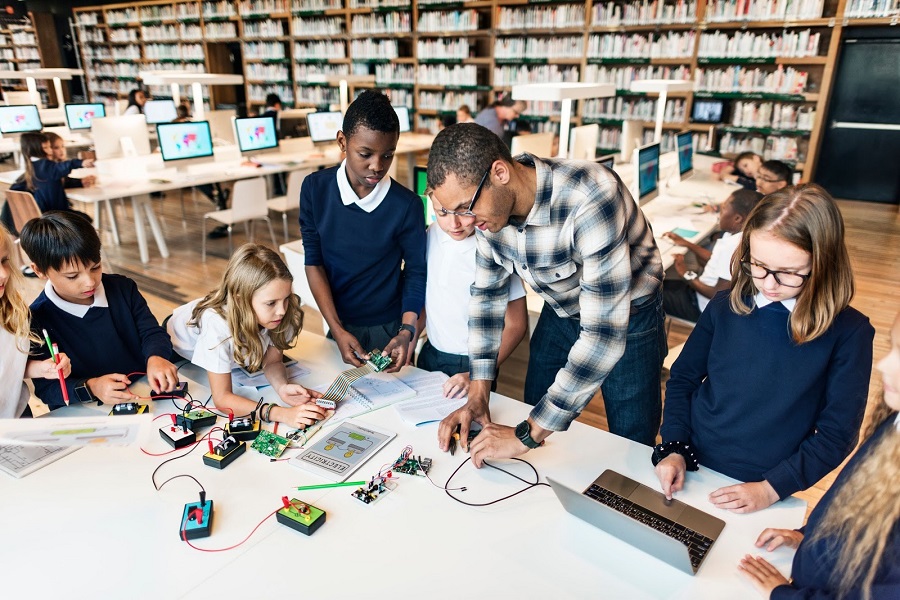 Effective study tips for physical learners
Effective study tips for physical learners
Physical or kinaesthetic learners are rooted in one thing: they need movement. If you find that you or your child remember better what you were reading while you were moving, then these tips are for you.
It’s important that you get to fully know which learning style is best for you. There’s really no one way that all students can be able to learn material, and self-study is still a huge chunk of how a child is reared academically.
Once you’ve become familiar with your own learning style, you’ll find that school isn’t really as boring or dreadful. It may just be because you weren’t studying the way that is best for you! If you’re a physical learner who hates the thought of having to sit still and just read, it may be time to make the most out of your learning style.
We’ve compiled some of the most effective and sure-fire ways to make studying fun! By applying the tips we’ve collated, you’ll be able to discover your own personal study style that will help you excel in school.
Incorporate exercise into your study sessions.
Don’t get us wrong; we don’t mean that you should start running around the block to study. By incorporating exercise into your study sessions, we mean small changes like walking around while reading instead of lying down.
By keeping your body moving, you’ll be able to keep your heart healthy and your mind engaged. Something as simple as walking around or stretching your legs can do wonders when it comes to your retention.
One thing that you can do if you’re in a group study situation is to take turns asking each other questions while doing physical activities. These can be games or passing the ball every time you ask someone a question!
As a kinaesthetic learner, it’s important that you have a physical outlet to burn off your excess energy. What better way to do this than through exercise, right?
Stand up instead of sitting down while studying.
We highly encourage that you avoid sitting at a desk while studying. Apart from the fact that sitting for extended periods of time is bad for your health, you will probably notice that you’re not digesting well whatever it is that you’re reading.
Kinaesthetic learners will benefit from standing up and pacing around the room, since you will be able to comprehend and remember what you’re studying easier. This is all thanks to the fact that your body is more engaged and connected to your learning process.
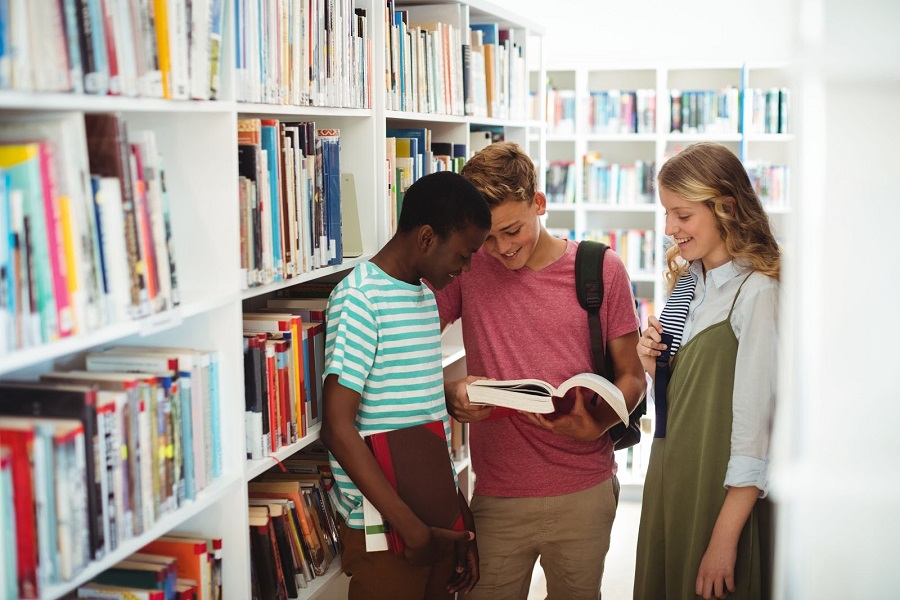 Keep snacks close by, or chew gum.
Keep snacks close by, or chew gum.
Your limbs don’t necessarily have to be moving if you’re a kinaesthetic learner! Something as small as eating snacks or chewing gum may be what you need.
Quietly chewing gum or snacking may be what will give you the perfect motion stimulus that will help you understand what you’re reading. Plus, it helps fight off hunger pangs and keeps you well-fed during those long-haul study periods. Just be sure to chew quietly if you’re in a public area!
Make use of small movements.
If you’re in a situation where you can’t really stand up or eat, we recommend utilising small stress balls or tinkering around with your pen.
Through these small movements, you can stay focused and get through your reading list much faster.
Tension and Relaxation
Similar to our last tip, this one is all about discretion. In intervals of five to ten seconds, tighten a specific muscle in your body like your thigh or your hand, then release.
By doing this, you are releasing unwanted tension that kinaesthetic learners are prone to. It also helps provide the physical stimuli you need to be engaged with what you’re studying.
As a physical learner, you benefit from engaging your body along with your mind. If you follow our tips above, you will find that learning can be easy and fun! Don’t be afraid to keep finding new ways that will work for you, and help you reach your maximum potential.
Is your child a physical learner? Whatever learning style your child has, Rehoboth Christian College is the perfect place for parents looking to send their children to a nurturing and academically enriching Christian school. Have your loved ones see the world from a Christian view while making lifelong friendships by checking out our website.

